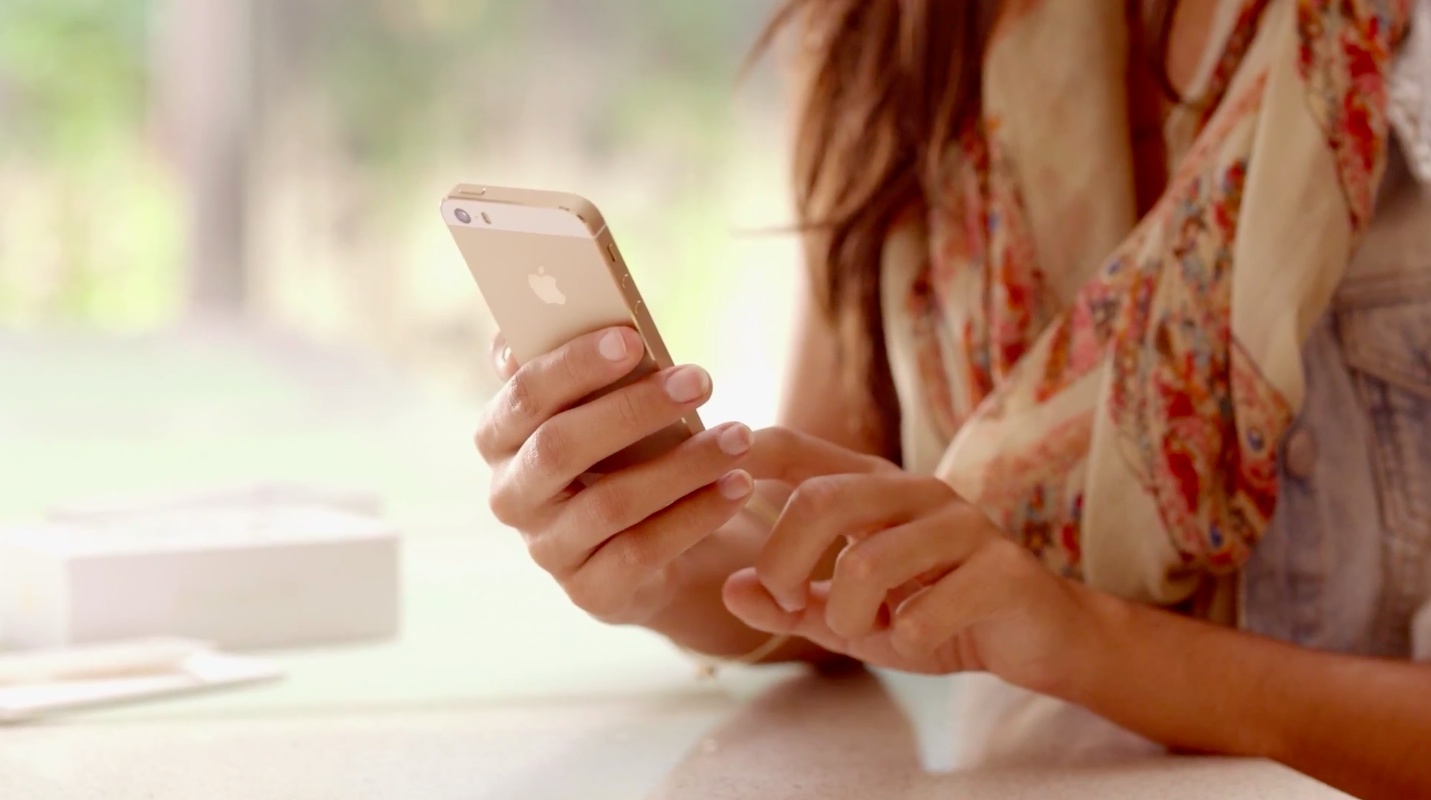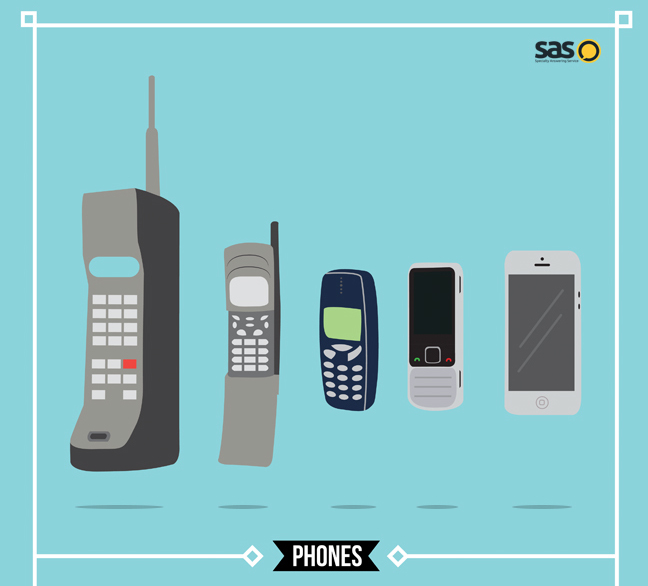As inexpensive and powerful as technology is today, it’s easy to take it for granted. You can buy a smartphone today that could outperform desktop machines from 20 years ago, at a fraction of the size, for a fragment of the price.
To really put things in perspective, analyst Bret Swanson decided to do a rough calculation of what the iPhone would have cost to build in 1991. And to give you an idea of how pricey it gets, a 1GB HD cost around $10K back then…
Swanson begins by calculating the cost of storage in ’91:
“In 1991, a gigabyte of hard disk storage cost around $10,000, perhaps a touch less. (Today, it costs around four cents ($0.04).) Back in 1991, a gigabyte of flash memory, which is what the iPhone uses, would have cost something like $45,000, or more. (Today, it’s around 55 cents ($0.55).)
The mid-level iPhone 5S has 32 GB of flash memory. Thirty-two GB, multiplied by $45,000, equals $1.44 million.”
And here he breaks down the cost of the A7’s performance:
“The iPhone 5S uses Apple’s latest A7 processor, a powerful CPU, with an integrated GPU (graphics processing unit), that totals around 1 billion transistors, and runs at a clock speed of 1.3 GHz, producing something like 20,500 MIPS (millions of instructions per second). In 1991, one of Intel’s top microprocessors, the 80486SX, often used in Dell desktop computers, had 1.185 million transistors and ran at 20 MHz, yielding around 16.5 MIPS. A PC using the 80486SX processor at the time might have cost $3,000. The Apple A7, by the very rough measure of MIPS, which probably underestimates the true improvement, outpaces that leading edge desktop PC processor by a factor of 1,242. In 1991, the price per MIPS was something like $30.
So 20,500 MIPS in 1991 would have cost around $620,000.”
All told, Swanson figures that trying to duplicate the iPhone in 1991 would have cost roughly $3.65 million. And that’s just for the memory, processing and broadband communications. There’s still the camera, display, and various sensors.
The figure also doesn’t take the iOS ecosystem into account, and its App Store with over 1 million applications, or the size of the iPhone. It would’ve been impossible to fit that much technological performance into a pocketable device in ’91.
Obviously this is all hypothetical, as it’s impossible to do a 1 to 1 comparison with tech from 20+ years ago. But it does give you a general idea of how quickly, and dramatically, technology has improved over the last 2 decades. Crazy, huh?

